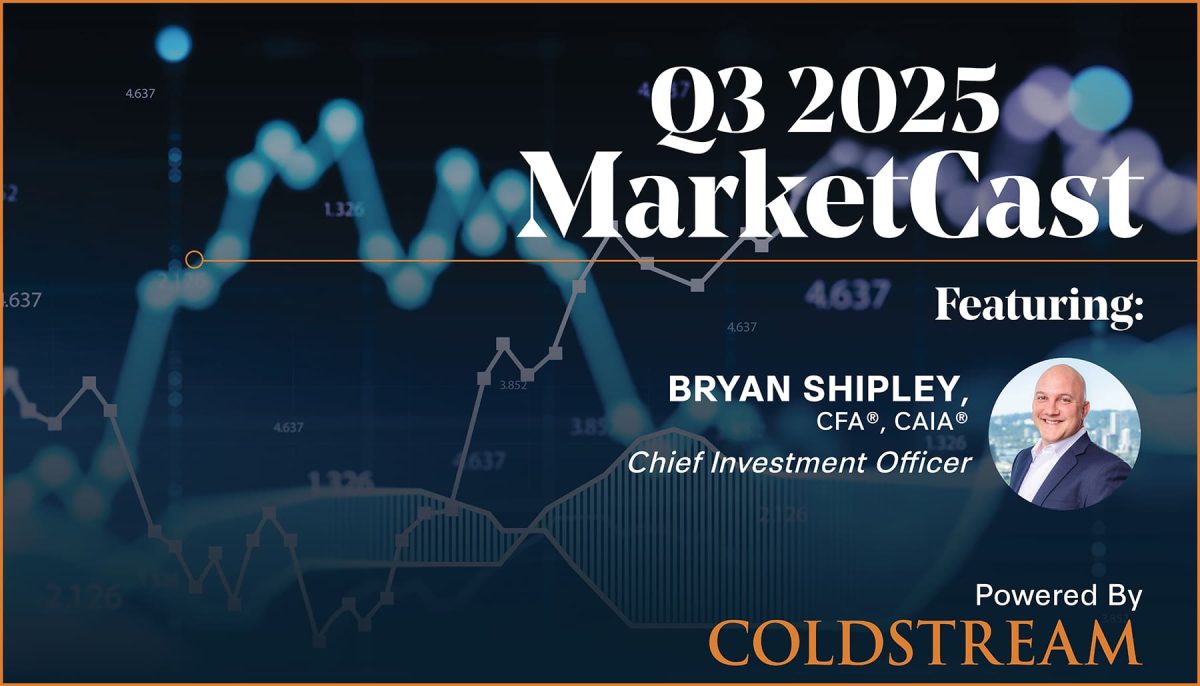
Insights
January 17, 2013
Fiscal Cliff-Hanger
In Market Commentary
It came down to the very last minute, but compromise was made and the majority of the fiscal cliff averted. Not surprisingly the markets rallied early on news of the pending compromise. What was surprising was the resilience of the market during weeks of tough negotiations. Those expecting a repeat of the prior year’s debt ceiling debate and market fall were disappointed. With the compromise in place much of the uncertainty over tax policy has been put aside. The Bush tax cut rates have been made permanent for the vast majority of tax payers. Still ahead, a debt ceiling compromise and meaningful tax and spending reform as the fiscal cliff “fix” has added $4.6 Trillion to projected deficits over the coming decade.
The domestic stock market was essentially flat in the fourth quarter. But in total it was a great year for stocks, including reinvested dividends, the S&P 500 ended 2012 up 16%. While much of the media attention was focused on the election and fiscal cliff uncertainty, the general economy was improving. Unemployment began the year at 8.5% and steadily declined to 7.7% as of November. Housing starts and home prices have generally improved. Additional stimulus was provided to the economy by the Federal Reserve in the form of quantitative easing, targeting exceptionally low interest rates until unemployment drops comfortably below the Federal Reserve’s 6.5% target and core inflation not greatly exceeding 2.5%.
International equity indices caught up to their domestic peer in the fourth quarter. The developed world EAFE Index ended the year up 17.87%, gaining 6.63% in the fourth quarter. Emerging markets ended up 18.22% on the year, and 5.58% for the quarter. Much of the danger of the “Euro Crisis” has ebbed on continuing bail-outs for Greece and the ECB’s explicit support of the bond market. Mario Draghi, head of the European Central Bank, has stated they will do “whatever it takes” to keep the Euro together. So far the market believes him. Interest rate spreads over German rates have fallen for the most at-risk states: Portugal, Italy, Ireland, Greece, and Spain.
Looking forward into 2013 we see tailwinds to GDP and earnings growth, although we anticipate some volatility to start the year. With much of the tax uncertainty behind us we can expect to see gains in many areas of the economy: housing starts, capital expenditures, employment, exports, and the energy sector. A more certain political environment could encourage spending and investment by corporations and individuals alike. We expect to see these tailwinds push GDP in the latter half of 2013 after a short adjustment period as workers adapt to the higher payroll tax.
While it is likely that more fiscal certainty will add to GDP through higher corporate spending, this will be at least partially offset by the fiscal drag of higher taxes and lower spending. The changes to the tax code negotiated in Washington DC and the reinstatement of the full 6.2% Social Security payroll tax are estimated to create a 1.5% drag on GDP in 2013. It is easy to imagine another 0.5% GDP drag from the spending cuts that are likely to emerge from the budget ceiling debate at the end of February. Further, we could see an increase in rates on the long end of the yield curve should Fed ends QE this year, which some members of the Feb board are arguing to do.
We find compelling valuations in domestic and emerging market stocks, where we focus on dividend paying large companies with stable balance sheets and smaller companies catering to the growing consumer class in the developing world. As we stated last year, the bond market continues to be a dicey proposition. We are concerned that investors flooding into the long end of bond market now are making a potentially ruinous mistake. We have had falling interest rates for over 20 years; a long-term tail-wind that has produced very stable and positive returns for bond investors. With a zero bound to interest rates, the tail-wind can reverse.
Typically a bond investor should expect interest earned on their investment to cover inflation over the term to maturity plus some ‘real’ return to compensate for the lending of money. With CPI inflation running at 2% and the 10 year Treasury paying 1.8%, something is amiss. Either investors believe that inflation will average less than 2% over the next 10 years or they are accepting a negative ‘real’ return in exchange for more stability in their portfolios. The problem with negative real yields is two-fold; initially inflation eats away at the buying power of savings, and when the market awakens to inflation interest rates will readjust to higher levels, causing bond prices to fall.
As a result, we find stocks to have a better risk/reward payoff: the dividend yield for the S&P 500 is in excess of 2%, and those dividends should grow with earnings and inflation as product prices adjust. The ride will be bumpy but for long-term investors we think stocks are still the safer bet.
By James Walsh, CFA
Portfolio Manager
Insights Tags
Related Articles

July 11, 2025
The Return of Diversification


July 10, 2025
Watch Coldstream’s MarketCast for Third Quarter 2025


June 24, 2025
Managing Increased Uncertainty in the Middle East


